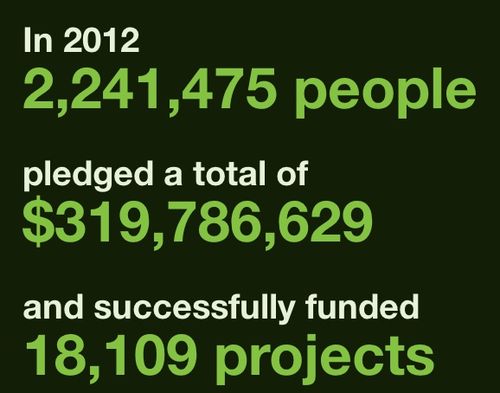When I got into the venture capital business in the mid 80s, software was sold. You would pay a large sum to acquire a license to the software and then a much smaller annual fee for maintenance and support. Today, most software is sold in a subscription model. You pay a monthly fee for the right to use the software. If you stop paying the monthly fee, your right to use the software goes away. Maintenance and support is bundled in.
The emergence of the subscription model has made the software business better. In the old upfront license fee model, software companies would trade at 2-4x revenues. Now they trade at 6-8x revenues. That reflects the recurring, almost annuity nature of the subscription model.
Software is not the only technology oriented business that utilizes a subscription revenue model. Content has also moved from an upfront fee (buy an song or a movie on iTunes) to a subscription model (a monthly fee for Spotify, Rdio, Netflix, or Hulu).
And infrastructure is now also sold on a subscription model. Amazon Web Services (AWS) is a great example of this. Need a server? You can provision it for yourself in the cloud and pay a monthly subscription for it. Same with storage and a host of other infrastructure services.
The emergence of the subscription model for software, digital content, and infrastructure has led entrepreneurs to offer all of these in limited form for free with a paid upgrade to a monthly or annual subscription. The term for that form of subscription is freemium, a term that was invented by Jarid Lukin in the comments on this blog in March 2006.
Subcriptions can be paid monthly or annually in advance. Many companies opt for the latter model and that works really well because it creates a favorable cash flow dynamic in the business. Cash comes in before most of the revenue is recognized, leading to a healthy and predictable business model. In addition, the subscription business model allows a company to book most of the revenue for the year in advance. Companies with subscription based revenue models often have great visibility into the next twelve months of revenues, a feature which makes for a great public company.
The big gotcha in subscription revenue models is churn. If you churn more than 10% of your customers every year, subscriptions can be a challenging model. You need to grow new customers at 10% just to stay even. I encourage our portfolio companies that utilize a subscription model to be very active at managing customer satisfaction and to actively monitor the customer's usage of the software or service to identify customers with high churn potential. This kind of data can be automated and leveraged to proactively manage problem accounts and reduce churn.
The first several years of a subscription based business will typically require a fair bit of funding because the revenues come in over time instead of up front. But once a subscription business reaches scale, it has very favorable cash flow dynamics, as mentioned above. For these reasons, subscription based businesses are good businessed to raise capital for and investors generally find them attractive to invest in.
In many ways, the subscription business model is the most attractive of the "big three" (advertising, commerce, and subscriptions), all of which we have now covered in this MBA Mondays series on business models. Subscriptions are more predictable and reliable and as a result create more investor confidence leading to higher multiples and more valuable businesses. Of course that is not universally true of all businesses, but I have found it to be generally true over long periods of time and many different businesses.





